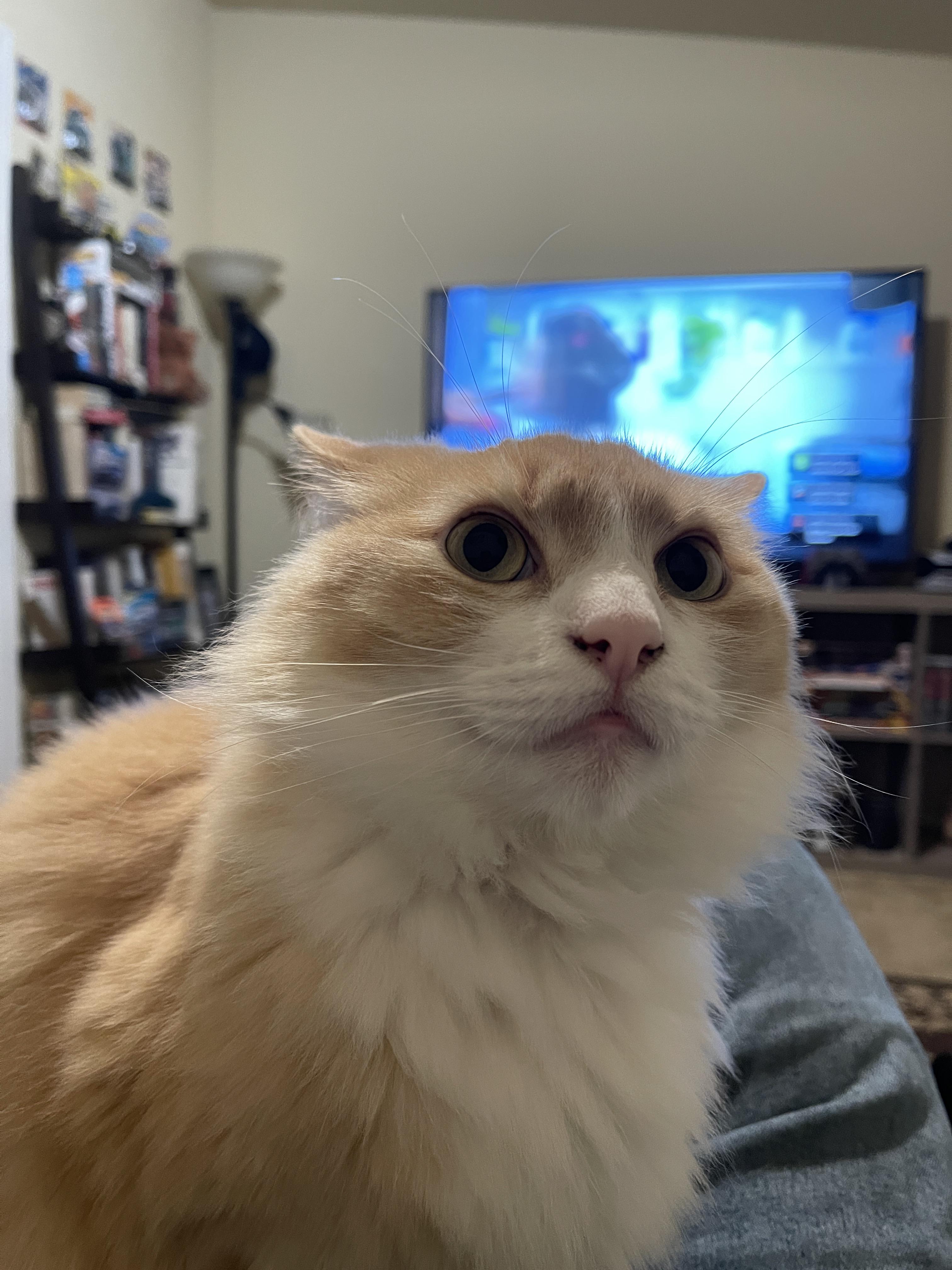Those claiming AI training on copyrighted works is “theft” misunderstand key aspects of copyright law and AI technology. Copyright protects specific expressions of ideas, not the ideas themselves. When AI systems ingest copyrighted works, they’re extracting general patterns and concepts - the “Bob Dylan-ness” or “Hemingway-ness” - not copying specific text or images.
This process is akin to how humans learn by reading widely and absorbing styles and techniques, rather than memorizing and reproducing exact passages. The AI discards the original text, keeping only abstract representations in “vector space”. When generating new content, the AI isn’t recreating copyrighted works, but producing new expressions inspired by the concepts it’s learned.
This is fundamentally different from copying a book or song. It’s more like the long-standing artistic tradition of being influenced by others’ work. The law has always recognized that ideas themselves can’t be owned - only particular expressions of them.
Moreover, there’s precedent for this kind of use being considered “transformative” and thus fair use. The Google Books project, which scanned millions of books to create a searchable index, was ruled legal despite protests from authors and publishers. AI training is arguably even more transformative.
While it’s understandable that creators feel uneasy about this new technology, labeling it “theft” is both legally and technically inaccurate. We may need new ways to support and compensate creators in the AI age, but that doesn’t make the current use of copyrighted works for AI training illegal or unethical.
For those interested, this argument is nicely laid out by Damien Riehl in FLOSS Weekly episode 744. https://twit.tv/shows/floss-weekly/episodes/744


Honestly, that’s why open source AI is such a good thing for small creatives. Hate it or love it, anyone wielding AI with the intention to make new expression will be much more safe and efficient to succeed until they can grow big enough to hire a team with specialists. People often look at those at the top but ignore the things that can grow from the bottom and actually create more creative expression.
One issue is, many open source AI also tries to ape whatever the big ones are doing at the moment, with the most outrageous example is one that generates a timelapse for AI art.
There’s also tools that especially were created with artists in mind, but they’re less popular due to the average person cannot use it as easily as the prompter machines, nor promise the end of “people with fake jobs” (boomers like generative AI for this reason).